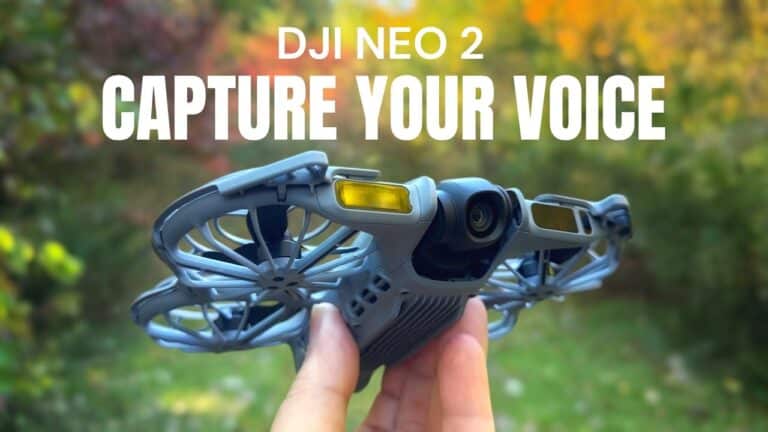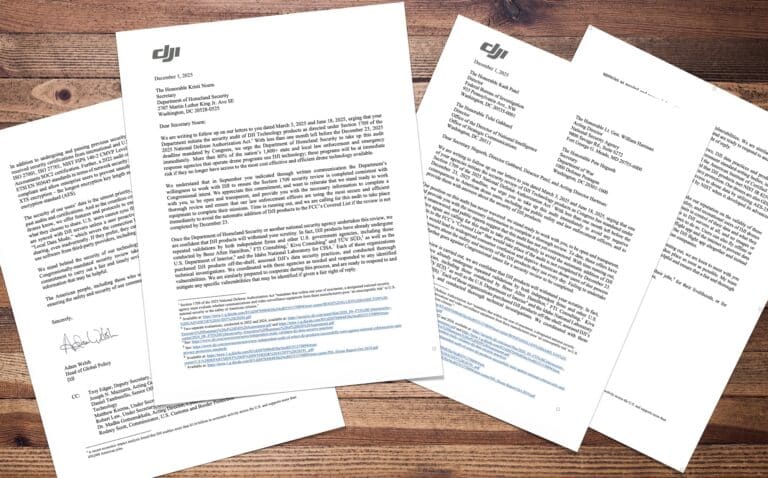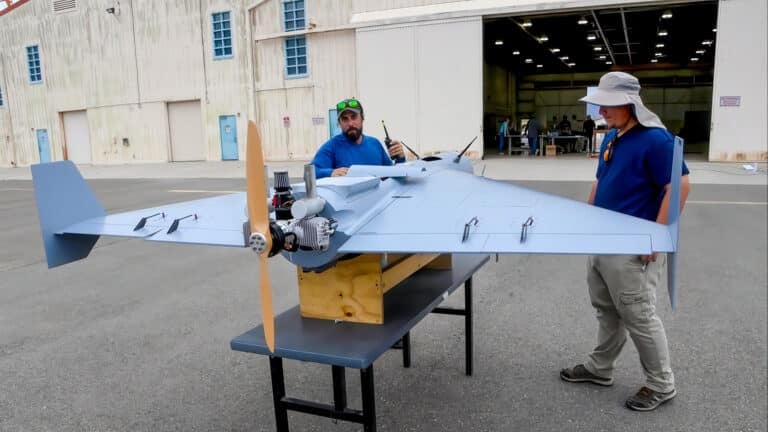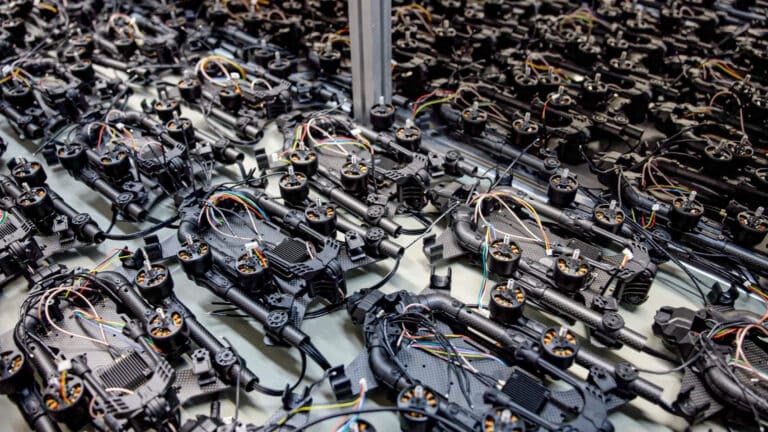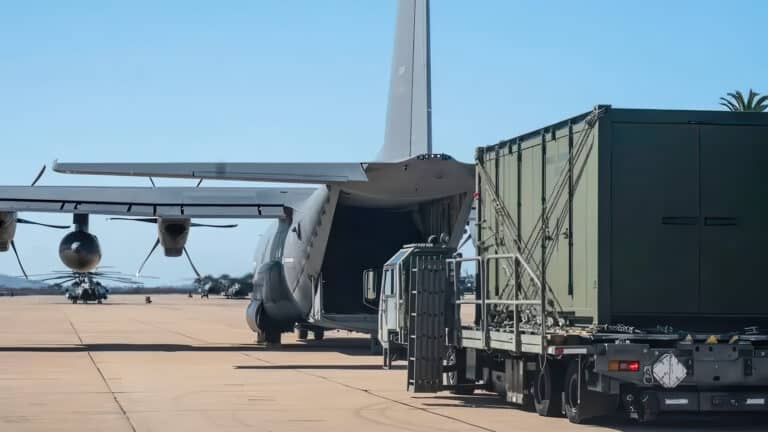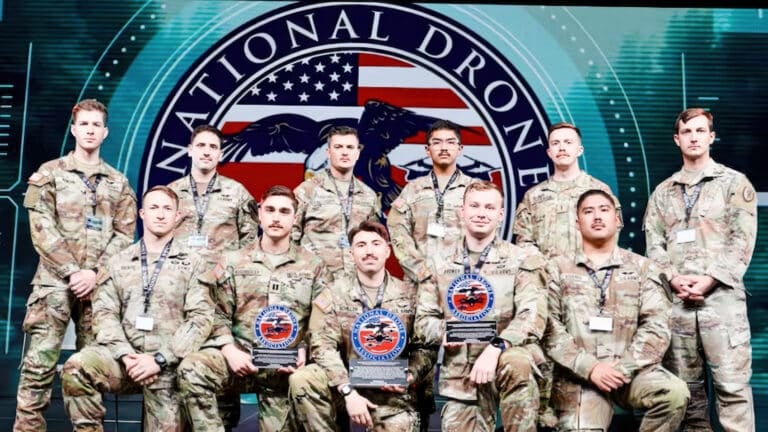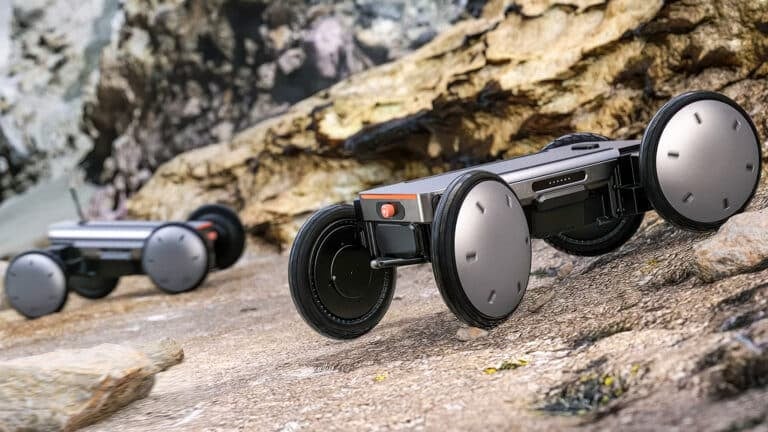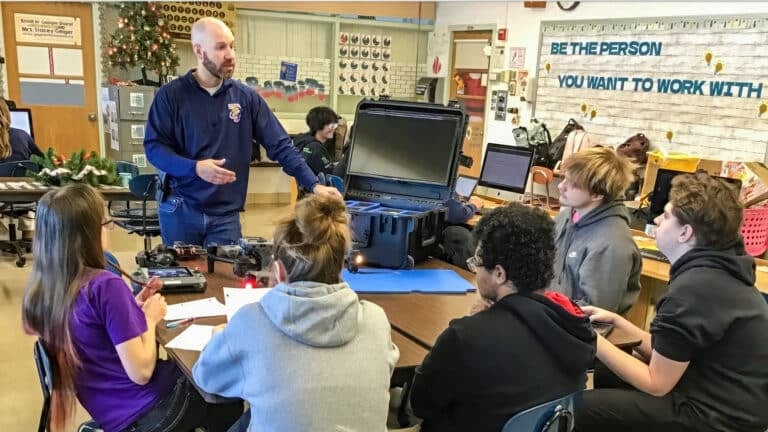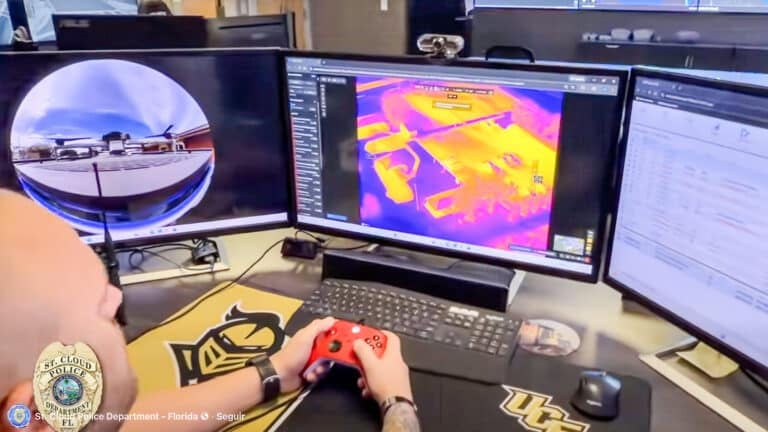Rheinmetall Bets Big on Code: Major Stake in Auterion Signals Shift to Software-Defined Warfare

Amazon Drone Deals: DJI Mini 5 Pro Fly More Combo with DJI RC2 now for $1,099!
German defense giant Rheinmetall has acquired a significant stake in U.S. drone software leader Auterion, signaling a massive industry shift where hardware manufacturers finally admit that future wars will be fought with code, not just explosives.
Rheinmetall, the manufacturer behind the Leopard 2 tank and massive artillery systems, is buying into the “Android for Drones” ecosystem to solve a critical battlefield bottleneck: getting disparate drone swarms to talk to each other.
While the exact size of the investment remains undisclosed, reports Reuters, Auterion CEO Lorenz Meier confirmed to that Rheinmetall is now a “significant” shareholder, though the move stops short of a takeover.
The deal aims to establish a new industry standard for controlling mixed fleets of loitering munitions and reconnaissance drones—a direct lesson learned from the trenches of Ukraine.
Connecting the Kill Chain
This partnership creates a direct link between “Big Iron” defense hardware and agile, software-defined autonomy. Rheinmetall and Auterion have been collaborating since December 2024, but this equity stake cements the relationship.
The goal is ambitious: creating a unified operating system for NATO’s unmanned systems.
“In the future, drones will be used in large quantities and, like computers and smartphones, they need a common operating system to make this happen,” Meier stated.
By integrating Auterion’s software—which already powers thousands of drones in Ukraine—into Rheinmetall’s hardware, the companies aim to enable true swarm capabilities where drones can coordinate attacks, swap targets, and operate autonomously in GPS-denied environments.
Battle-Proven Tech Driving Growth
The deal comes as Auterion hits major financial milestones. The company, founded in 2018, became profitable in 2025 with annual revenue reaching approximately €100 million ($115 million USD).
Auterion’s software is already combat-proven. Its Skynode technology is currently used by Ukrainian forces to bypass Russian electronic warfare (EW) jamming, a capability that traditional Western defense systems have struggled to match.
“What we’re bringing to the table has been combat-proven in Ukraine to deter aggression,” Meier noted in previous interviews.
This battlefield pedigree has already secured Auterion contracts with the U.S., UK, Netherlands, and a strategic partnership with Taiwan to build a “drone wall” against potential Chinese aggression.
Independence Guaranteed
Despite Rheinmetall’s reputation for aggressive acquisitions, Auterion insists it will remain an independent entity.
Meier emphasized that the deal is “not a blocking minority” and that Auterion is capable of remaining independent for another 30 years. This independence is crucial for Auterion, which relies on its status as an open-architecture provider (based on the PX4 standard) to work with multiple hardware vendors across the Blue UAS ecosystem.
Rheinmetall CEO Armin Papperger told analysts the investment is driven by European demand in the face of repeated “drone incursions,” referencing the recent spate of mysterious drone sightings over industrial sites and military bases across Germany.
DroneXL’s Take
This investment is a fascinating pivot for Rheinmetall, especially considering CEO Armin Papperger recently warned that the military drone market could become a financial “bubble.”
It seems Rheinmetall has realized that while hardware might be a bubble, the software to control it is the needle.
This move also potentially fixes a major embarrassment for the German defense giant. Just weeks ago, we reported on a controversial $950M contract where Rheinmetall was awarded a third of the deal for its FV-014 “Raider” drone despite skipping the comparative testing phase entirely.
By buying into Auterion, Rheinmetall is effectively retrofitting its hardware with the world’s most battle-hardened software stack. It validates the open-source approach (PX4/MAVLink) over the proprietary “walled gardens” that defense contractors usually prefer.
For drone pilots, this confirms a trend we’ve watched all year: the airframe matters less and less. The value is in the code that keeps it flying when the GPS goes dark.
What do you think? Is this the consolidation the drone industry needs, or should software and hardware stay separate? Share your thoughts in the comments below.
Discover more from DroneXL.co
Subscribe to get the latest posts sent to your email.
Check out our Classic Line of T-Shirts, Polos, Hoodies and more in our new store today!

MAKE YOUR VOICE HEARD
Proposed legislation threatens your ability to use drones for fun, work, and safety. The Drone Advocacy Alliance is fighting to ensure your voice is heard in these critical policy discussions.Join us and tell your elected officials to protect your right to fly.
Get your Part 107 Certificate
Pass the Part 107 test and take to the skies with the Pilot Institute. We have helped thousands of people become airplane and commercial drone pilots. Our courses are designed by industry experts to help you pass FAA tests and achieve your dreams.

Copyright © DroneXL.co 2025. All rights reserved. The content, images, and intellectual property on this website are protected by copyright law. Reproduction or distribution of any material without prior written permission from DroneXL.co is strictly prohibited. For permissions and inquiries, please contact us first. DroneXL.co is a proud partner of the Drone Advocacy Alliance. Be sure to check out DroneXL's sister site, EVXL.co, for all the latest news on electric vehicles.
FTC: DroneXL.co is an Amazon Associate and uses affiliate links that can generate income from qualifying purchases. We do not sell, share, rent out, or spam your email.




